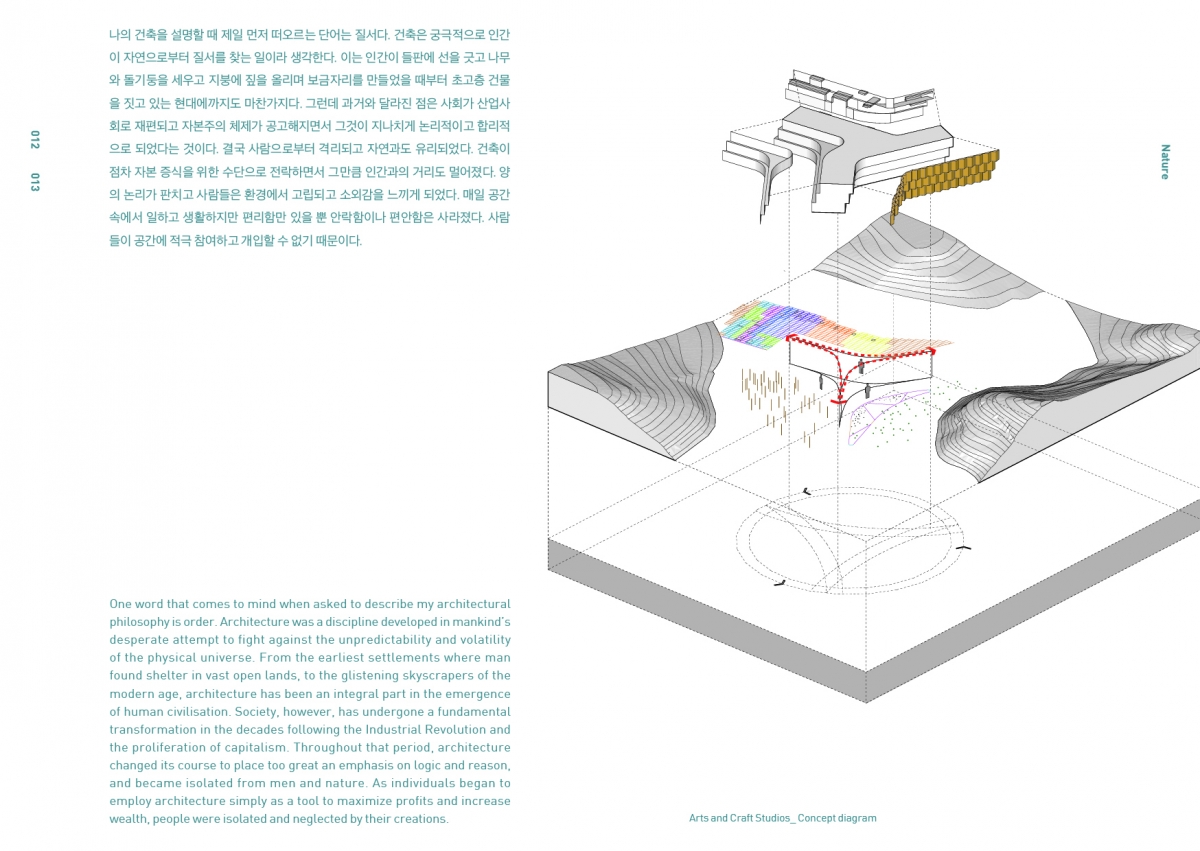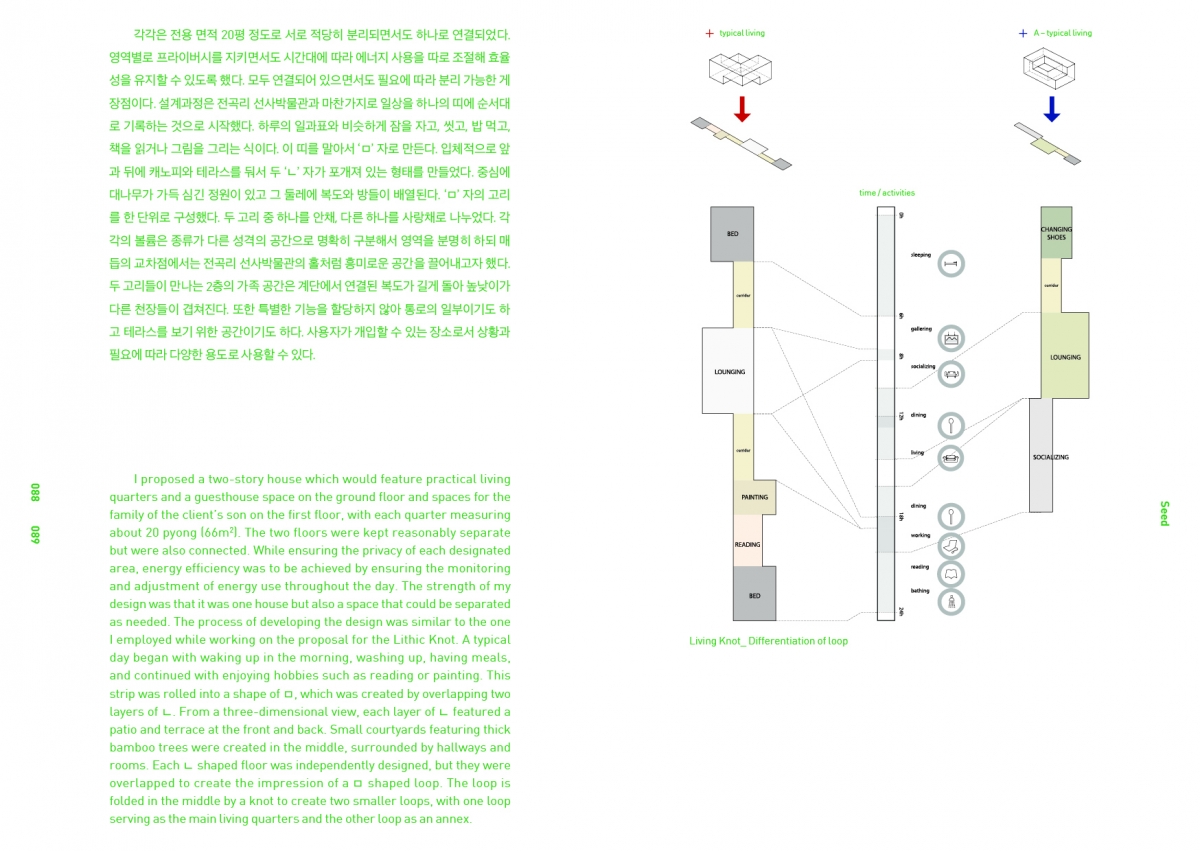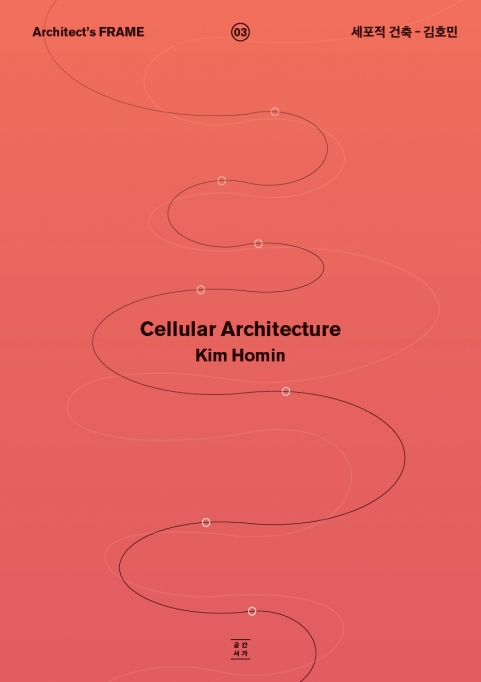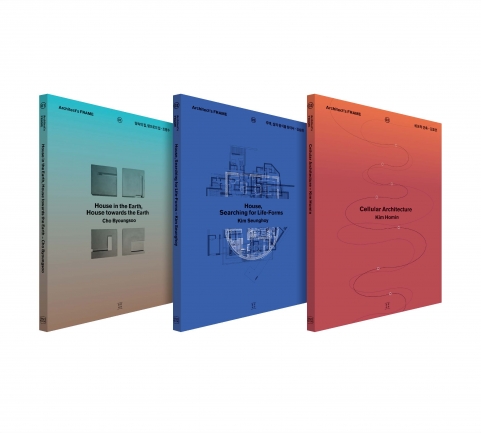

The youngest of the three architects featured in this series, Kim Homin describes the education and practical experiences of the last twenty years of his life as a recipe in Cellular Architecture.
Defining an architectural philosophy or theory is a challenge, but despite his youth, Kim Homin has demonstrated his experimental use of repeated patterns and systems in projects such as the Honeybee Lounge and the DPP Kiosk.
These projects have been grouped together and presented as a single cell.
Cellular Architecture explores the way in which the word ‘cell’, a biological unit and concept, can be applied to a solid and hard subject like architecture.
He explains, ‘What I fundamentally seek in architecture is to recover the relationship between ourselves and buildings through the application of an organic logic’.
In other words, to consider humans and buildings at the same time, and not separately. This architectural philosophy can be traced to his meeting with Professor Ciro Najile at the AA school and the practical experience he gained at Alejandro Zaera Polo’s FOA. It is possible to see the development from student projects to commissioned projects through the variety of diagrams provided in this book.
This book departs from the other two books in this series in including the architect’s thoughts on his time studying abroad, contest exhibitions, and early projects, and will be a useful resource for students of architecture.
About the Author

Kim Homin is an architect based in Seoul. He studied in Architectural Association in London and Seoul National University in Seoul and has worked in the field of architecture for more than 10 years.
Between 2004 and 2007, he worked as an architectural designer for renowned practice such as FOA, where he played key roles for numerous well published projects and from 2007.
Homin has been working as a director of his own practice Poly.m.ur which has its base in Seoul. The work of his practice has been exhibited and published internationally and has won numerous competitions.
In 2008, He also taught at Cornell University in Ithaca with Ciro Najle for undergraduate and graduate programs.






